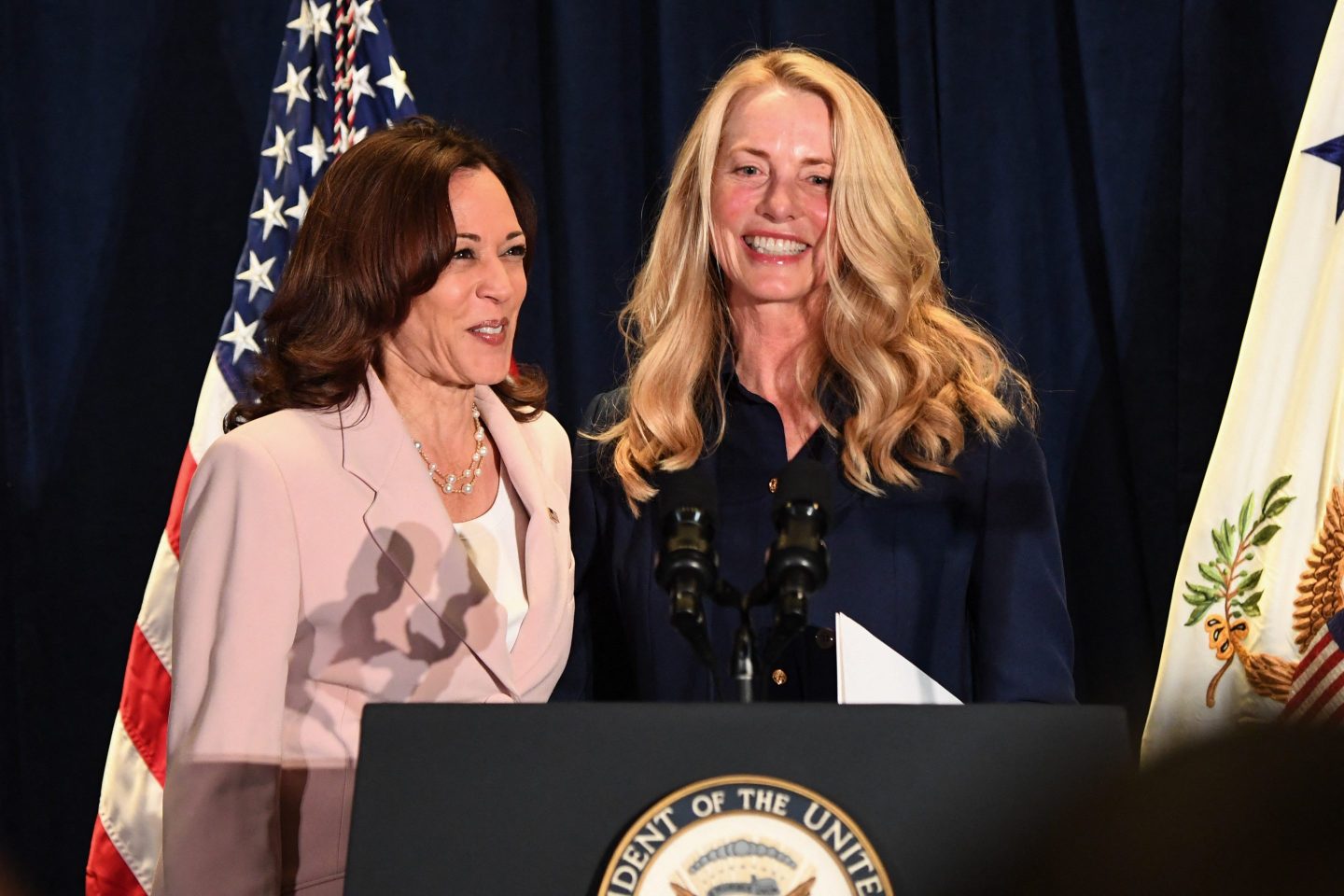New York plays a crucial role in determining the balance of power in the U.S. House of Representatives. With its numerous congressional districts, diverse voter demographics, and competitive races, the state has emerged as a key battleground for both major political parties. Factors such as swing districts, influential political figures, and redistricting have made New York a focal point in shaping the political landscape. Here’s a closer look at the critical elements that make New York so essential in controlling the U.S. House.
Swing Districts
Competitive Seats on Long Island
New York’s swing districts, particularly on Long Island, have become pivotal battlegrounds in recent elections. These districts have historically shifted between Democratic and Republican control, making them critical for either party in securing a majority in the U.S. House. Several of these Long Island districts are closely contested, where even a small number of votes can determine the outcome.
Hudson Valley and Upstate New York
The Hudson Valley and Upstate New York also contain districts that lean neither heavily Democratic nor Republican. These regions are often influenced by local economic conditions, candidate appeal, and broader national trends, making them hotly contested in congressional races. Swing districts in these areas receive significant attention and resources from national parties, highlighting their importance.
Voter Demographics
Urban vs. Rural Divide
New York’s voter demographics reveal a sharp contrast between urban and rural areas. Cities like New York City and Buffalo typically vote Democratic, while rural areas in the northern and western parts of the state tend to support Republicans. This urban-rural divide forces candidates to adapt their messages to appeal to different voter groups, adding complexity to campaigns across the state.
Influence of Minority Voters
Minority voters, especially in urban areas, play a significant role in determining election outcomes. African American and Hispanic populations, concentrated in cities like New York City, hold considerable sway over election results. Mobilizing these voters is crucial for Democratic candidates, while Republicans often focus on gaining ground in suburban and rural areas.
Fundraising and Campaign Spending
New York as a Fundraising Powerhouse
New York is not only a crucial electoral battleground but also a major hub for political fundraising. Candidates from both parties frequently come to New York to tap into its wealthy donor base, which helps fund competitive races across the country. This influx of funds supports high-stakes campaigns both within New York and beyond.
High Campaign Spending in Key Districts
With numerous competitive districts, New York consistently sees some of the highest levels of campaign spending in the nation. National party organizations and political action committees (PACs) invest heavily in television ads, mailers, and grassroots efforts, particularly in swing districts where even small investments can yield significant returns.
Redistricting and Gerrymandering
The Impact of Redistricting on Competitiveness
The redistricting process following the 2020 census has had a significant impact on New York’s political map. The redrawing of district lines has shifted the competitiveness of many districts, with some becoming more contested and others solidifying as strongholds. Gerrymandering, the manipulation of district boundaries to benefit one party, remains a contentious issue in New York, with legal challenges likely to influence future elections.
Ongoing Legal Battles Over Gerrymandering
Several lawsuits have been filed over New York’s redistricting process, with both Democrats and Republicans accusing each other of gerrymandering. These legal challenges could lead to further changes in district boundaries, adding another layer of uncertainty to the state’s political landscape.
Key Political Figures
Hakeem Jeffries and Democratic Leadership
Congressman Hakeem Jeffries of Brooklyn has emerged as a central figure in the Democratic Party, both in New York and nationally. As a leader in the House of Representatives, Jeffries plays a key role in shaping Democratic strategy, policy, and fundraising. His influence extends far beyond New York, making him a critical player in the party’s efforts to maintain or regain control of the House.
Elise Stefanik and Republican Leadership
On the Republican side, Congresswoman Elise Stefanik from Upstate New York has become one of the most prominent voices in her party. As a member of the House Republican leadership and a strong supporter of former President Donald Trump, Stefanik has been instrumental in rallying Republican voters in rural New York. Her leadership and appeal to conservative voters make her a key figure in the GOP’s efforts to flip seats in the state.
Historical Precedents
New York’s Role in Flipping the House
Historically, New York has played a decisive role in shifts of power in the U.S. House of Representatives. In past election cycles, the outcomes of races in the state have been pivotal in determining which party controls the chamber. New York’s large congressional delegation and the competitiveness of many of its districts underscore its significance in national politics.
Long-Term Political Trends
Over time, New York’s political landscape has shifted, with some historically Democratic areas becoming more competitive and certain Republican strongholds trending more moderate. These changes reflect broader national political shifts and highlight the state’s continued importance in shaping the balance of power in the House.
National Impact of New York’s House Seats
Influence on National Policy
New York’s House delegation has a substantial impact on national policy, especially on key issues like healthcare, infrastructure, and climate change. With a large and diverse group of representatives, New York plays a significant role in shaping the legislative agenda, particularly when the House is closely divided.
Broader Implications for Future Elections
The results of House races in New York have far-reaching implications, influencing the national political climate and affecting the success of the sitting president’s legislative agenda. Control of the U.S. House, influenced heavily by the outcomes in New York, will continue to shape the direction of national politics.
Conclusion
New York’s importance in the race for control of the U.S. House of Representatives cannot be overstated. With its mix of swing districts, key political figures, and complex voter demographics, the state is a microcosm of the broader national struggle for power. As the 2024 elections approach, all eyes will be on New York to see how its congressional races influence the future of U.S. politics.















Post a comment